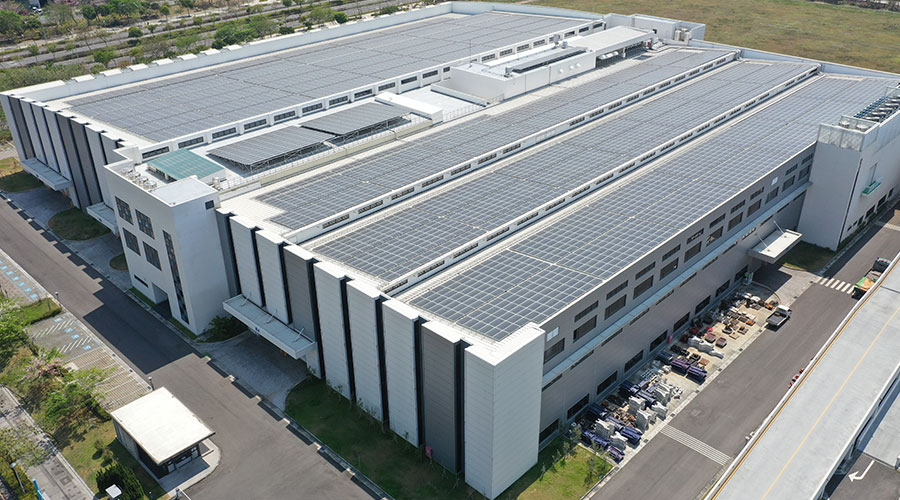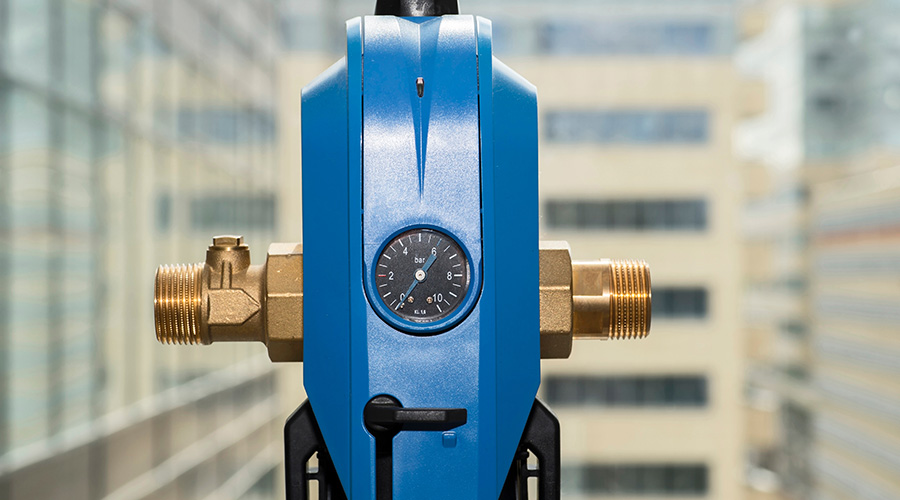LEED-EBOM Certification Hinges On Three Areas: Energy Star, ASHRAE 62 and Water Use
When evaluating the feasibility for a building to pursue LEED-EBOM certification, analysis should focus on three key areas that will either make or break any building's ability to become certified. Those three areas are Energy Star, ASHRAE 62 and water use.
In the new rating system, a minimum Energy Star score of 75 is required. Determining whether or not a building exceeds an Energy Star score of 75 or if it is relatively close requires very little effort. In the past, a score of 50 or lower typically may have meant that the pursuit of LEED-EBOM certification would have to wait, perhaps multiple years, while a building's overall performance is improved. LEEDv4, however, provides an alternate path to compliance, previously known as the Energy Jumpstart. If a building can show a 20 percent improvement in energy efficiency over the previous three years' average, it can still achieve a Certified rating (but no higher).
Still, if the initial score is "in range," within six to 10 points or fewer, then an existing building commissioning program might just bring the score up enough to restart the pursuit of LEED-EBOM certification. If facility managers pursue this path in a manner consistent with LEED-EBOM requirements, then they'll be that much further ahead once the other aspects required for certification are begun. Utility spending also might be reduced enough in the first year to help fund other investments. The initiation and implementation of an ongoing commissioning program should begin far before considering LEED EBOM anyway.
Secondly, a building must meet ASHRAE 62. This requirement can also halt an EBOM initiative before it starts. Is the mechanical equipment in the building capable of providing outside air to the extent required by ASHRAE 62? In many cases this is an easy question to answer, especially for buildings of a certain age or in some climate zones. LEED-EBOM does offer a reduced threshold for buildings that cannot meet ASHRAE 62 with existing equipment, but there are cases where some buildings still might not be able to comply. This is an opportunity. Sure, adapting existing systems to deliver more outside air requires a capital project. But a building will be better for it and its occupants will be happier and more productive over the long term.
Finally, can the building meet the minimum water use prerequisite? Buildings designed before or just after 1992 (up to 1995) will almost always require a plumbing fixture retrofit before pursuing LEED-EBOM. Again, if a building is initially unable to meet the baselines as described in LEED EBOM this could be a significant opportunity to reduce operating costs over the life of the facility. This also requires a capital expenditure, but changing out 4-gallons-per-flush water closets should be a no-brainer anyway.
Benchmarking Performance
Before LEED and Energy Star, there were no universally accepted or comprehensive tools to assist with the benchmarking and improvement of the performance of buildings. Most new buildings were designed and constructed against a set of minimal codes that were created to define the minimal acceptable quality of any building including fire safety, accessibility and general quality of construction. Now, many new buildings add an additional layer of quality through applying deeper or broader performance based design standards as the ones included in the LEED for New Construction rating system. But when it comes to the period in a building's life that contributes the most to cost and various environmental impacts, no similar standard of care exists. LEED-EBOM fills this void. Perceived barriers to LEED's adoption and use related to cost or difficulty may still exist for some building owners. With the release of LEEDv4, now is the time for building owners and property managers to take another look. It could be the start of a journey to achieve your building's best possible performance.
James D. Qualk, LEED AP BD+C, works in the commissioning division at Enovity, Inc. in San Francisco. He has written and delivered graduate courses regarding the design, construction and operation of facilities and renewable energy at both Vanderbilt and Lipscomb Universities. He is a regular speaker on these and other subjects and is featured frequently at conferences and industry events. You can follow him on Twitter @JamieQualk.
Related Topics:














